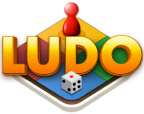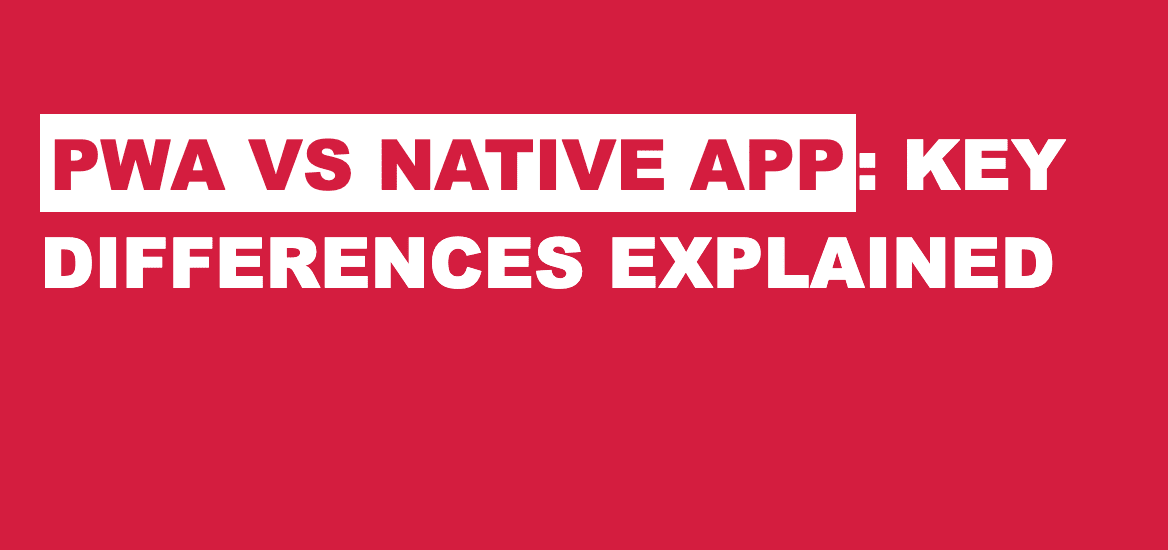Explore the Best Python Libraries for 3D Game Development
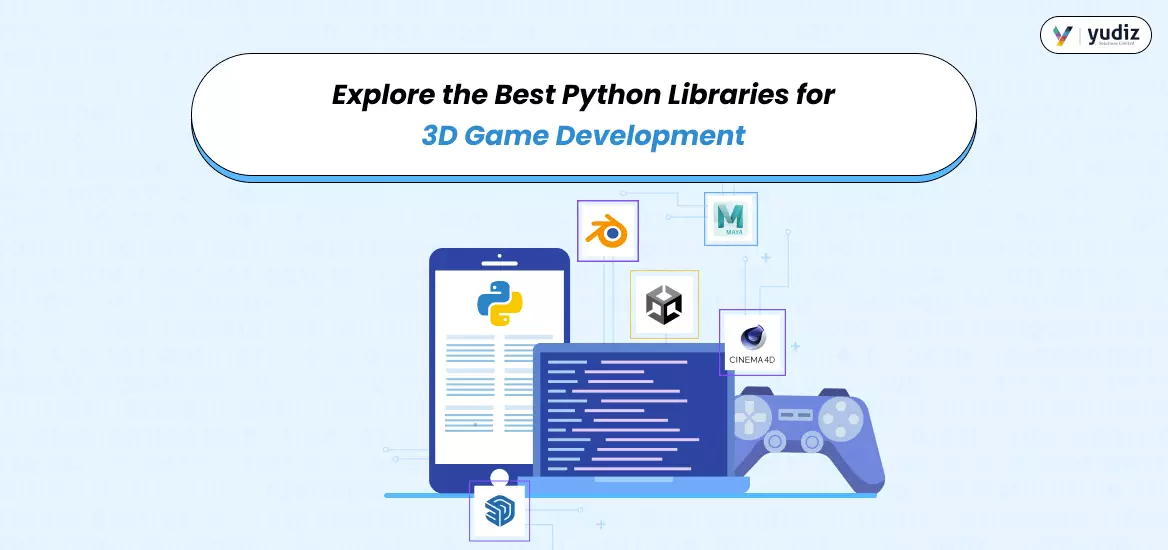
Python is a widely used programming language in game development, especially for 3D games. Its extensive libraries simplify designing, building, and optimizing even the most complex projects. Since game development can be challenging, using the right tools is essential.
If you’re working with a 3D game development company or want to create your own 3D games, Python offers a variety of libraries to make the process easier and more efficient.
Reasons to Choose Python for 3D Game Development
Before having an in-depth understanding of the Python libraries for 3D Game development let’s understand its importance.
- Easy: For a beginner, Python is easy to learn and use and developers can focus on creativity & game logic.
- Prototyping: Python is a high-level programming language that helps in quick game development meeting the game prototypes, its mechanics and designing.
- Community Support: For developers, python has community support that ensures support to the libraries.
- Compatible Cross Platform: Applications developed using Python support different platforms that help to explore the reach of the game.
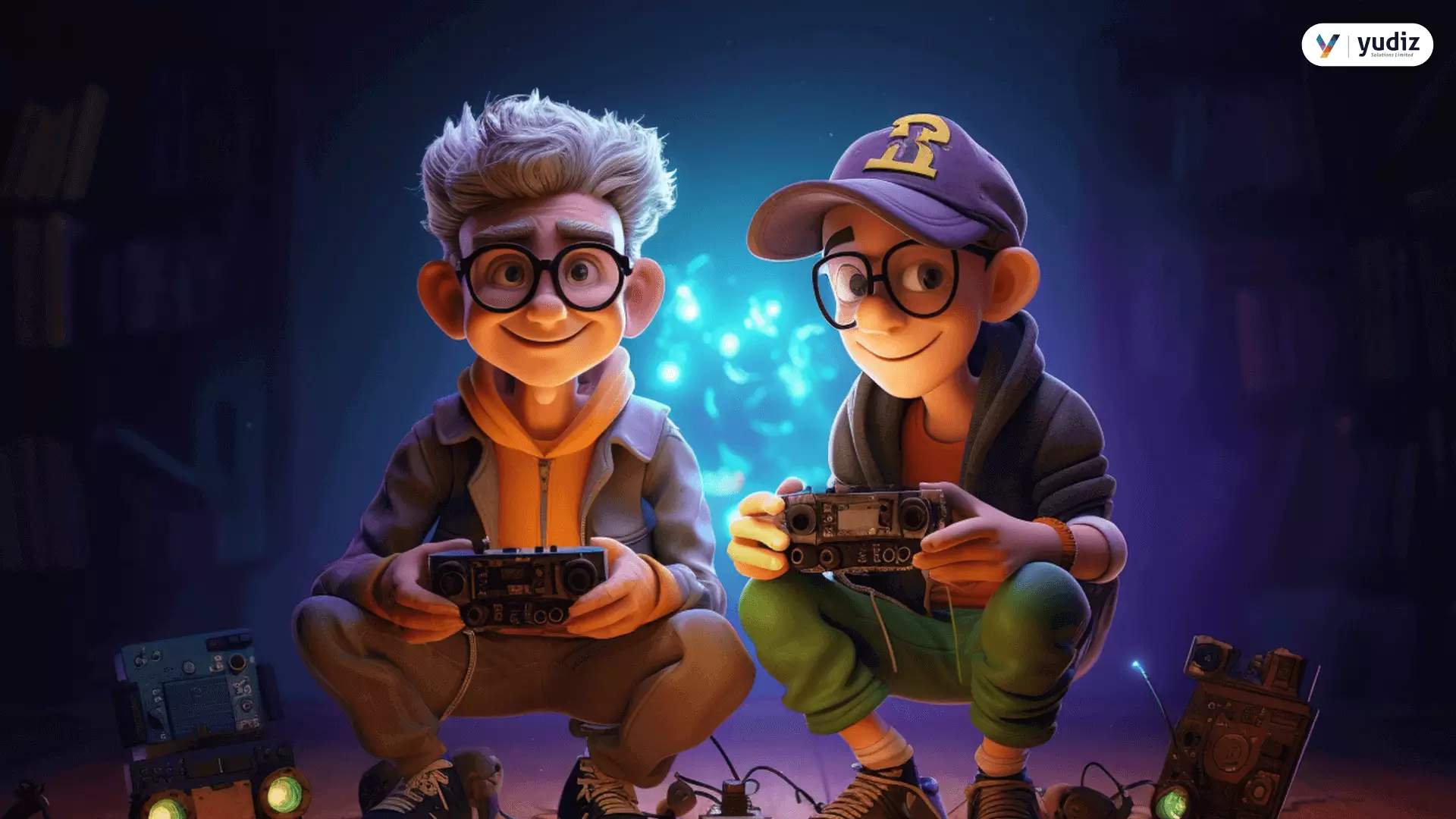
Python Libraries for 3D Game Development
1. Pygame
Pygame, the general use of this is to create video games using python language. This is a powerful library that also exists as a Simple DirectMedia Library that offers simple graphics, sound, and different inputs. This Python library is suitable for creating arcade games, and different puzzle games and makes developers enter into the era of game creation. This is a good start point for developers transforming 2D games into 3D ones. With integration into OpenGL, developers can create 3D environments for indie and casual games.
Why Use Pygame
- Cross Platform: It supports different platforms like Windows, Linux & MacOs.
- Speed Optimization: It makes use of C programming language & essential assembly languages for high performance.
- Framework: With its modular framework it has a simple structure with separate modules that help to keep things organized.
- No GUI Required: It supports command-line development. No use of graphics UI
- Use of Multiple CPU: For faster rendering of graphics it supports using multiple CPU cores and takes the benefit of modern computer architecture.
2. Pyglet
Pyglet is used for multimedia purposes in the Python language. This is released under the OpenBSD license and is used in different projects. This is known for creating multimedia applications that also handle graphics, animation, and audio. The OpenGL integration makes it a strong contender for rendering with 3D tasks. Applications of Pyglet include it is for developers who are looking to develop 3D graphics whether it may be small-size or medium-sized games.
Why Use Pyglet
- Multimedia Support: Pyglet is known for versatile application support including different multimedia applications in game development.
- 3D Graphics Incorporation: It creates an immersive visual experience by supporting 3D graphics integration
- OpenGL Integration: Integrating with OpenGL it ensures ease of management with user interactions
Also Read : How Much Does It Cost to Develop a Game?
3. PyOpenGL
PyOpenGL is a helpful Python library that helps to create interactive & visually appealing games. It is a cross-platform API that renders 2D & 3D graphics. This Python library helps in managing the graphics task at ease & also understanding the Python Syntax. Known for Python libraries for 3D game development it is also used with other game development tools.
Why Use PyOpenGL
- Compatible to Cross Platform: This supports a different platform that runs smoothly on different OS. This benefits in gaining a large audience for your gaming applications.
- Boosts Game Performance: The hardware acceleration boosts the game performance including graphics by just tapping into it.
- User Interface: Using PyOpenGL, developers can create dynamic designs, interactive user interfaces in game development.
- Framework Compatibility: It is compatible with frameworks like Pygame & Panda3D.
4. Panda3D
Panda3D is a powerful library used in Python to create 3D games. It provides a user-friendly environment to developers that also makes the complexity of graphics, and audio more simple. It has the potential to offer real-time rendering of graphics with its extensive API. Panda3D is mostly suitable for simulations, creating interactive games like educational games etc.
Why Use Panda3D
- 3D Games: Its 3D game engine helps to develop a fantasy adventure game with different character animations with intricate environments.
- Visualization & Simulation: This professional tool or library creates an architectural visualization & simulation that helps in building the rendering capabilities.
- Integrated Animation & Physics: Using Panda3D it allows the implementation of physics into the racing game creating a realistic environment with vehicle animation.
- Supports Large-Scale Projects: This library supports large-scale projects with complex AI and integrates with other features as well.
- Visual Storytelling: It helps to create a cinematic experience with expressive characters used in the animations
5. PyGame Zero
PyGame Zero, a python library for 3D game development has made a simplified process of creating games in Python. This has different features like integration of game loop, asset handling, sprite system, etc. This is a good choice for developers who are new to game development.
For example, it is good for developers who are looking to create a game video, manage game elements, integrate sound and images with minimum code, etc. Its a great initialization for beginners in game development in Python. It has also been a great choice to develop educational games using a 3D environment.
Why Use Pygame Zero
- Simple Learning: PyGame Zero is a simple version of Pygame. This is specially designed to reduce the complexity of the game project. For example, consider if a developer needs to create a game video then Pygame Zero requires fewer lines of code. Comparatively traditional Pygame required large lines of code.
- Easy Game Development: This Python library has made game development at ease. Some of the common game tasks require less coding, which is beneficial for beginners who can easily grasp the fundamental concepts. For example, if a developer wants to move a character on the screen then this can be done at ease using code snippets.
- Explore Game Development: For developers, one can easily explore the different concepts related to game development. With Pygame Zero it helps to understand the gaming loops, and sprites and also can handle events easily.
Choosing the right Python Libraries for 3D Game Development
To choose the right python library for 3D game development it all depends on the different factors. The following are illustrated below.
- Experience: A developer can make the best use of libraries based on the experience level. As a beginner, one can use user-friendly libraries like Panda3D & Ursina. While an experienced developer can make the best use of PyBullet & PyOpenGL.
- Scope of Project: For a small-scale project, libraries like Pygame & Ursina are more compatible. For larger projects, it requires Panda3D.
- Specialized Features: In this case, if a game requires physics or heavy elements then it can consider using Pybulle
Create Epic Games Today
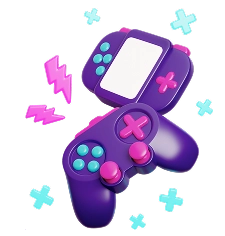
Conclusion
The above shows that Python offers an array of libraries in game development. It has libraries that can be useful for both beginners and experienced game developers. Python libraries are the best in simplicity and versatility. And this has been a great choice for many of the game developers. It does not matter the type of game you are developing, one can develop both 2D as well as 3D games. The python libraries for 3D game development provides the best visualization for your game.
To explore more, developers can experiment with using different libraries that make the best suits for the game. Game creators also need to consider the dependencies, features, and user-friendliness that help to choose the best framework for the project.

